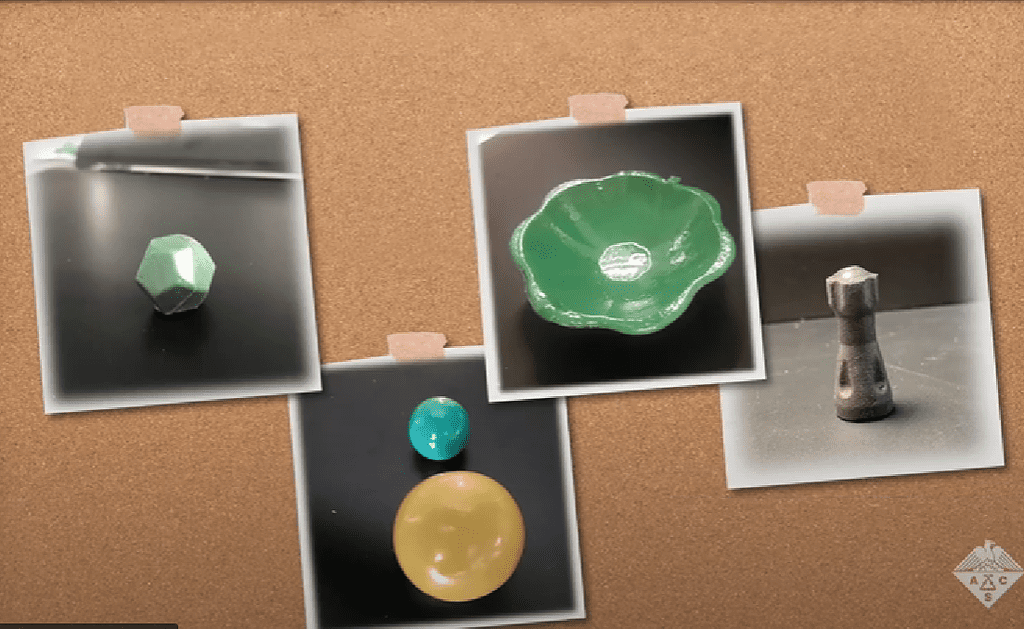You’re not made of sugar — but these utensils are, and they could help the environment.

A whopping 300 million tons of plastic are produced every 12 months, and the figure only increases year after year. Half of that is single-use plastics, and in the US alone, a whopping 40 billion pieces of plastic cutlery are discarded every year after a single use. Needless to say, this is turning into a major environmental problem.
Thankfully, researchers have gotten much better at producing plastic alternatives. The initial versions of these replacements were flimsy, expensive, and tricky to produce, but increasingly, researchers are developing cost-effective, sustainable alternatives.
Take for instance cornstarch-based packing. The packing mimics single-use plastic wrapping, but simply douse it in water and it dissolves, leaving no polluting trace behind.
Some utensils are also based on sugar polymers, but using sugar alone can be pretty tricky. Sugar-based materials tend to dissolve in water, which makes them excellent from a biodegradable standpoint, but less good if you want to produce tools that are constantly in contact with liquids — something like a spoon or a fork. Boise University professor Scott Phillips took inspiration from one particular type of sugar: isomalt.
Isomalt a sugar substitute, and it’s one of the sugar replacements that has no effect on blood sugar levels. It is also one of the things that bakers use to create decorations for desserts. But isomalt is brittle and it melts, so Phillips and colleagues wanted to see if it’s possible to make it sturdier somehow.
They zoomed in on wood-based additives. They heated isomalt until it became a liquid and then added either cellulose, cellulose and sawdust, or wood flour to produce three different materials.
They then used commercial plastic manufacturing equipment to turn the resulting mixture into various objects — saucers, geometrical objects, and even chess pieces.
All the resulting materials were harder than plastics but still lightweight. They still dissolved in water, however. So the researchers coated them with a food-grade shellac and cellulose acetate, after which they withstood being submerged for seven days. However, if you want to dissolve the objects faster, all you need to do is break them and allow the water to infiltrate the material.
There’s another advantage: the objects can be repeatedly crushed and dissolved and recycled and made into new objects — the resulting objects are just as strong and durable as the original ones.
This seems to hit the nail on the head when it comes to what you want for single-use (or even repeated-use) cutlery and other utensils. You have durable objects that are lightweight, made from sustainable materials, and can be recycled indefinitely. Even if they end up in landfills or in the sea, they can be easily absorbed into the environment.
“Like plastics, this class of materials is lightweight and can be produced efficiently at low temperatures via injection molding, yet the materials emulate the rigidity and strength of ceramics and stones. Repeated recycling is achieved via a closed-loop process without degradation of the isomalt binder and without loss of mechanical properties,” the researchers write in the study.
Whether or not this type of material will become commonplace, however, will fall down to production cost and scalability. Plastic is still very cheap and the market inertia favors the products that are dominating. However, as more and more countries are implementing plastic taxes or bans, this type of material could become favored much faster.
Journal Reference: Terra Miller-Cassman et al, Amorphous Sugar Materials as Sustainable and Scalable Alternatives for Rigid, Short-Term-Use Products, ACS Sustainable Chemistry & Engineering (2023). DOI: 10.1021/acssuschemeng.2c06981.









